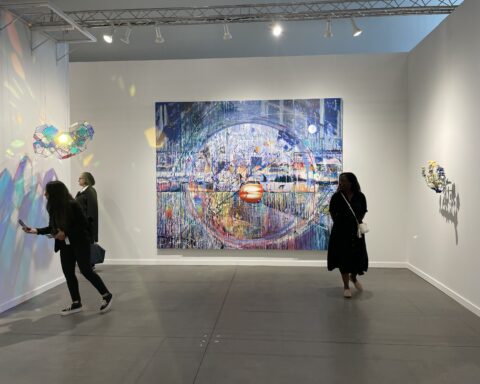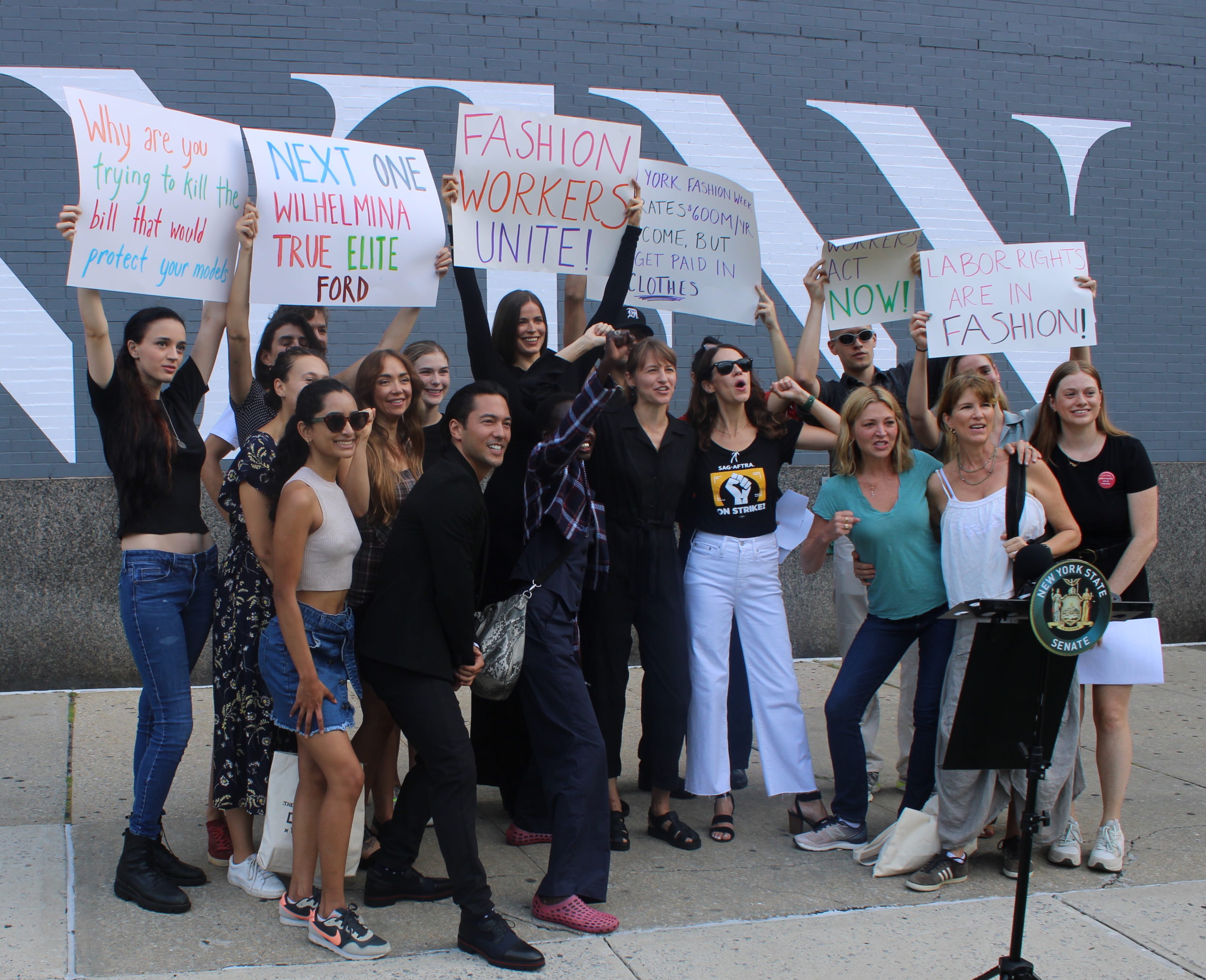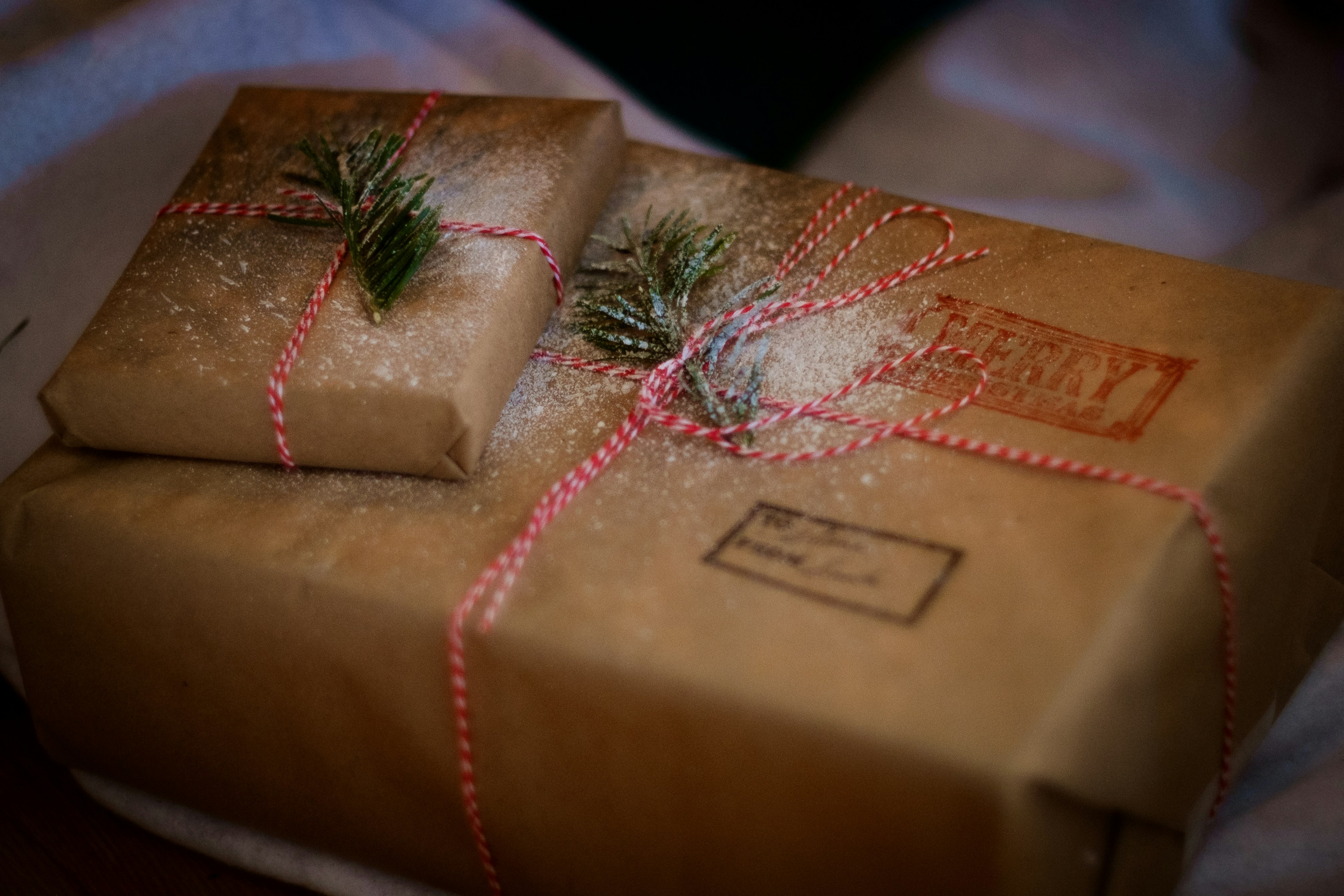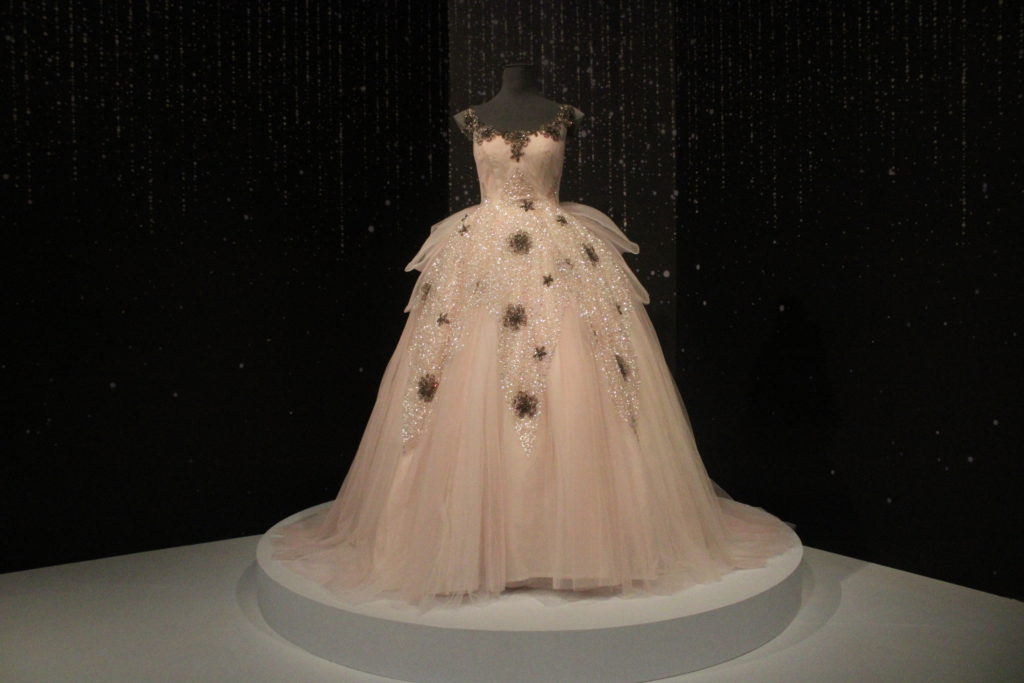
Couture is a fashion art form that is typically thought of as existing only inside of French borders; indeed, the French began to legally protect the practice of “haute couture” in 1945.
Governed by the Chambre Syndicale de la Haute Couture (which also gets to decide what companies qualify as “haute couture”), haute couture practitioners have to abide by specific tasks such as these:
- Must be located in France
- Design made-to-order fashion for private clients
- Run an atelier that employs at least 15 full-time staff and 20 full-time technical workers in one of their ateliers
- Present a collection of at least 50 unique designs to the general public each fashion season
With that said, we’re Americans. We never listen to anything or anyone, and we’re not going to start now.
Ann Lowe was an American couturier who designed meticulously created dresses for a wide variety of high society clients. These clients loved her work and frequently sent business referrals her way. That’s not to say that this resulted in Lowe operating a highly profitable business; many of those same clients would, in fact, often bargain her prices down – resulting in her carrying debt for the majority of her working life. The point still stands, however, that Ann Lowe is a talented couturier whose work was some of the best of her time – proven by the fact that she was well-respected by French couturiers such as Christian Dior himself.
And now, with “Ann Lowe: American Couturier” currently exhibiting at the Winterthur Museum in Wilmington, DE, she is finally getting her due on a wider scale.
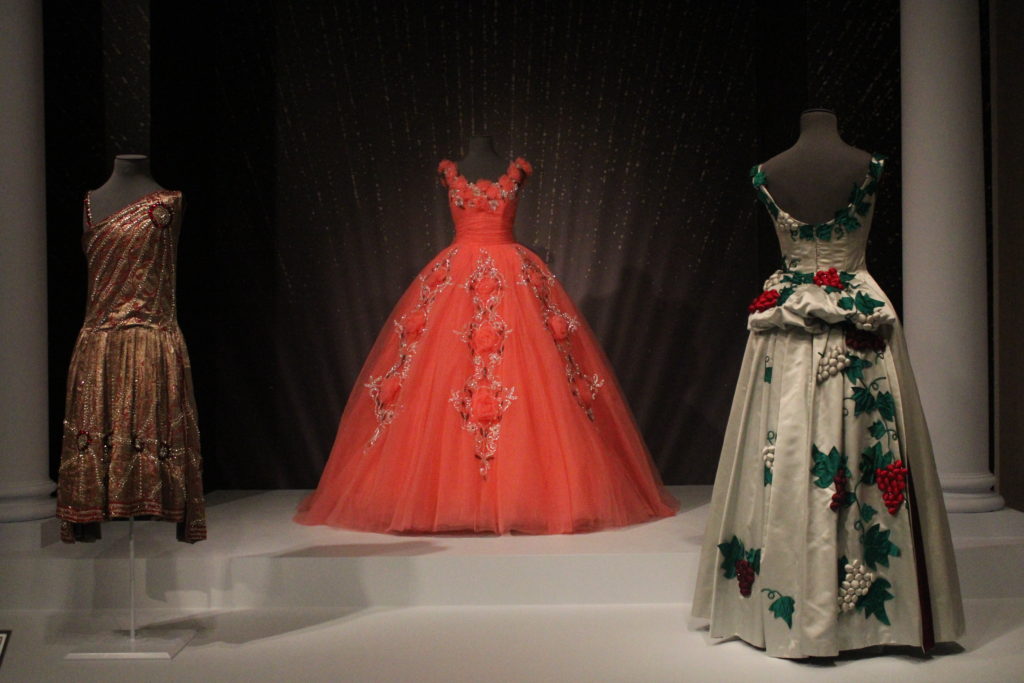
The exhibit begins as you finish climbing a couple of grand flights of stairs (this was, after all, a DuPont property). Once upstairs, you’ll find a room directly in front of you dedicated to educating visitors on the process, technology, and materials that conservators and University of Delaware professors & students undertook to create the archival-quality mannequins wearing the clothes. It is actually a fascinating process, and a crucial one since these garments are historic and their condition must be preserved. We’d strongly recommend taking the time to engage with this portion of the exhibit before moving ahead to the next phase to see Ann Lowe’s extraordinary work.
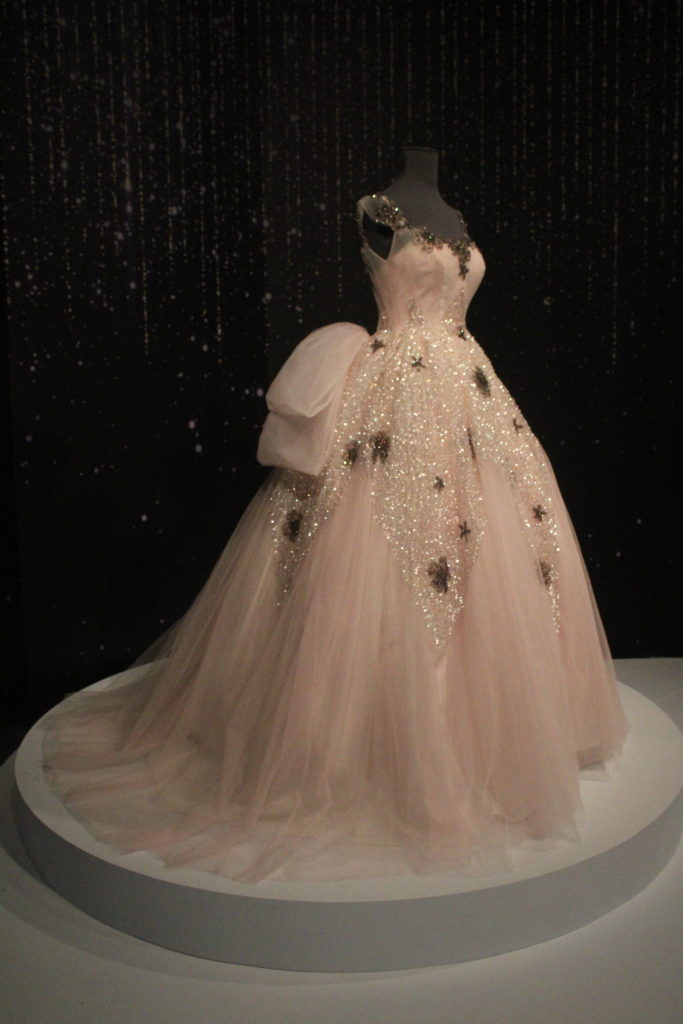
Once you enter the portion containing her clothing – the largest exhibition of her work to ever be shown – you’re overtaken by the intricacy of every single garment on which she ever set her hands. This even goes for the dresses that are more pared back. This is a woman who did not do mediocrity. And one could never imagine her deciding to do ready-to-wear at any point; she was too talented for mass production. She thrived in the sphere of embroideries and embellishments – with both supporting her impeccable garment construction skills.
From her origins in Alabama to her successful business of dressing Tampa’s (Florida) elite and – finally – landing in New York and doing stellar work there as well, Ann Lowe’s design abilities are made readily apparent while making one’s way through the exhibit and seeing the dresses that she made for many an important occasion in her clients’ lives during a career spanning from the 1910s to her 1972 retirement. She liked to create wedding dresses, debutante gowns, and other special event clothing.
In the final portion of the exhibit, Winterthur Museum devotes a section to the work of designers whose paths, perspectives, and practices owe gratitude to Ann Lowe’s design legacy. Among the notable dresses from that portion was a playful flared green dress made by designer Tracy Reese for her Hope For Flowers collection and worn by former First Lady Michelle Obama in 2021. Another feature here was a dress (pictured below) created by designer B Michael for Bon Appetit editor-in-chief Dawn Davis to wear to the 2021 Met Gala; the dress was gold and had the names of Black American designers that haven’t gotten their proper recognition embroidered very visibly along the hem – and that list included Ann Lowe. Not anymore.
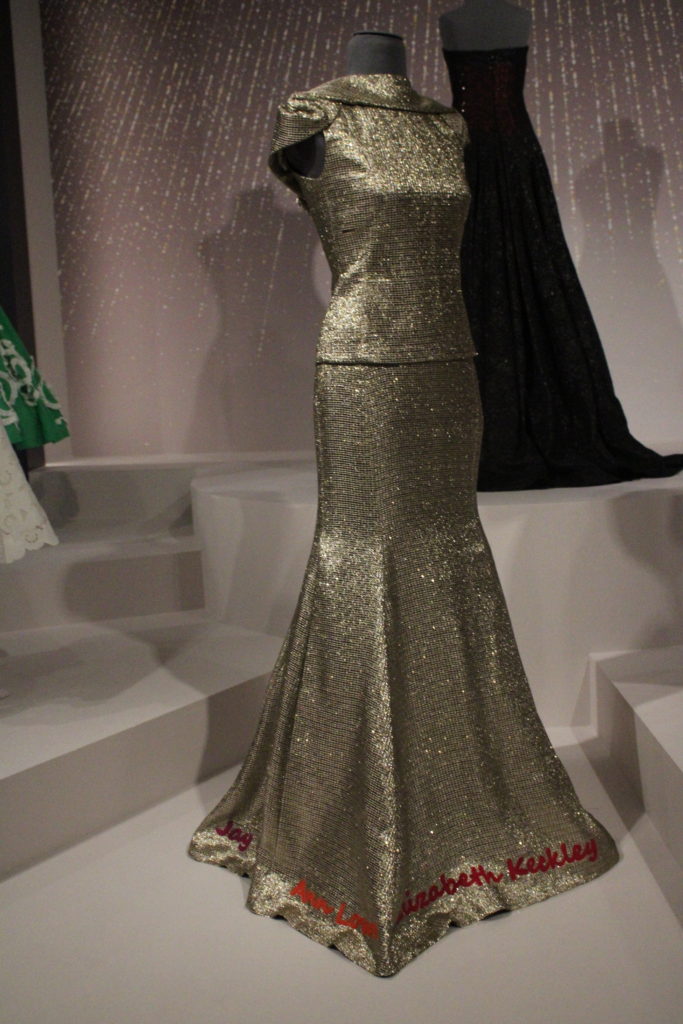
An additional selection of Ann Lowe’s work can be seen below:

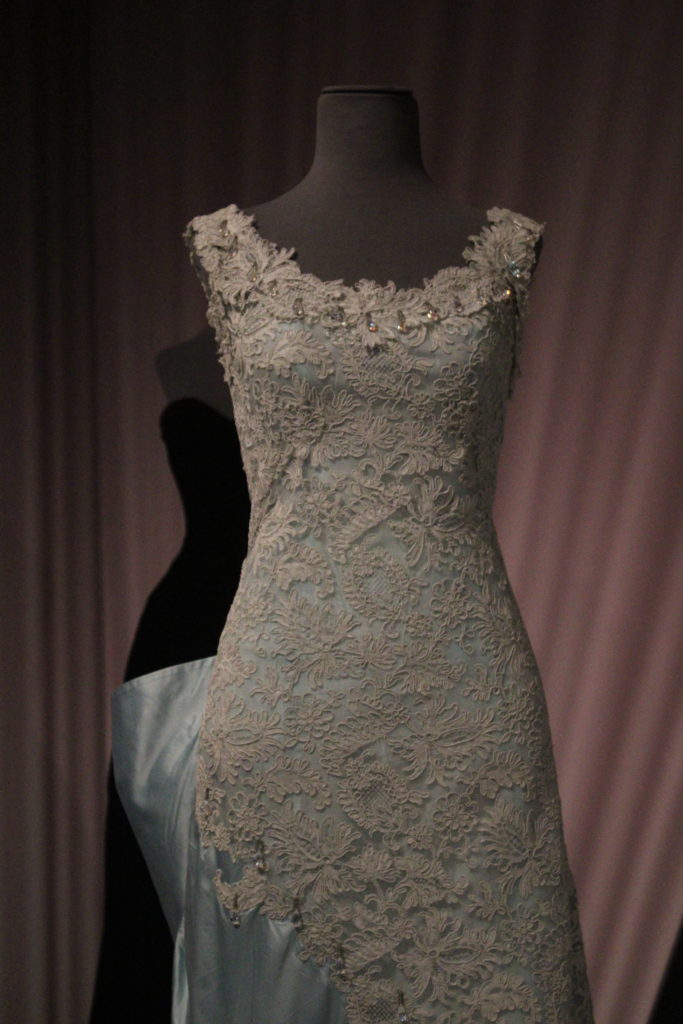

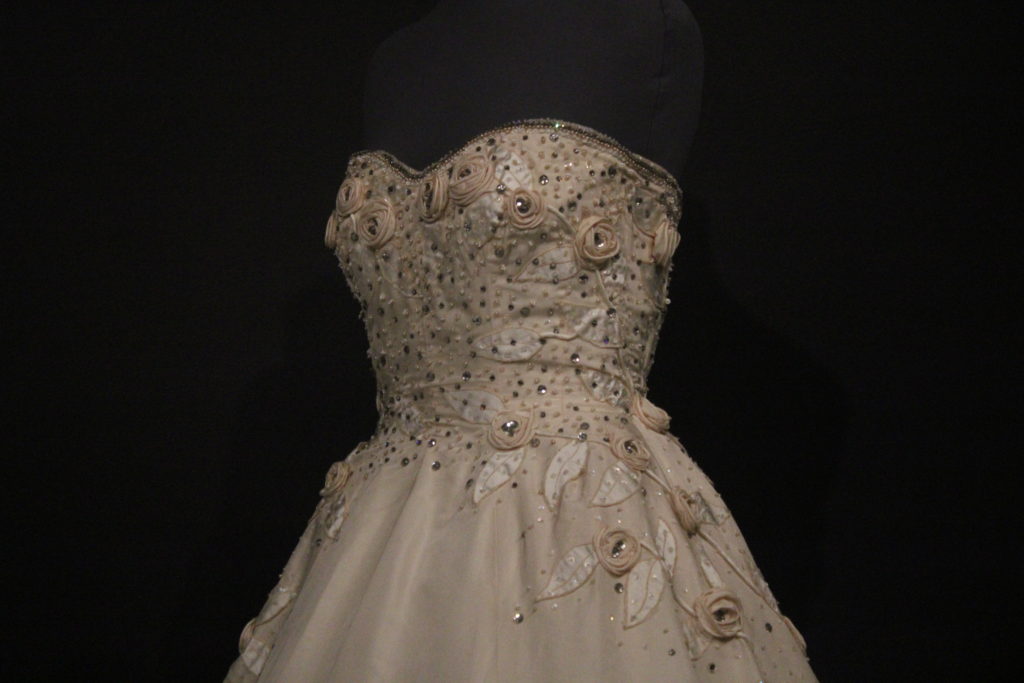
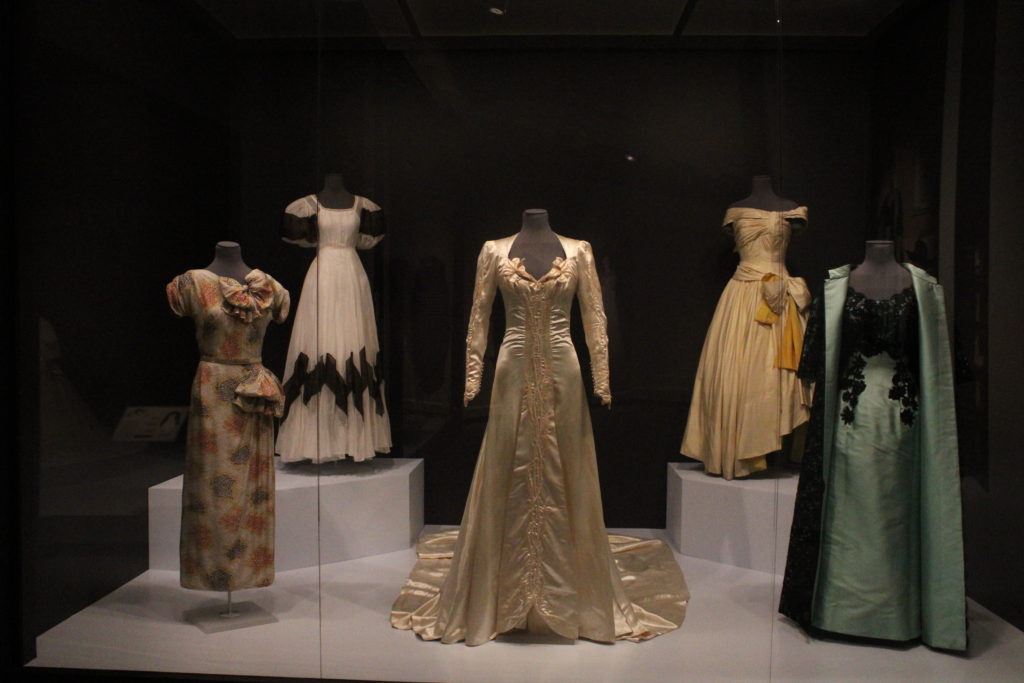
“Ann Lowe: American Couturier” is open to the public for viewing through January 7, 2024, at the Winterthur Museum in Wilmington, Delaware.
To subscribe to Manic Metallic‘s Substack newsletter, click here. To follow us on Bluesky, click here.

